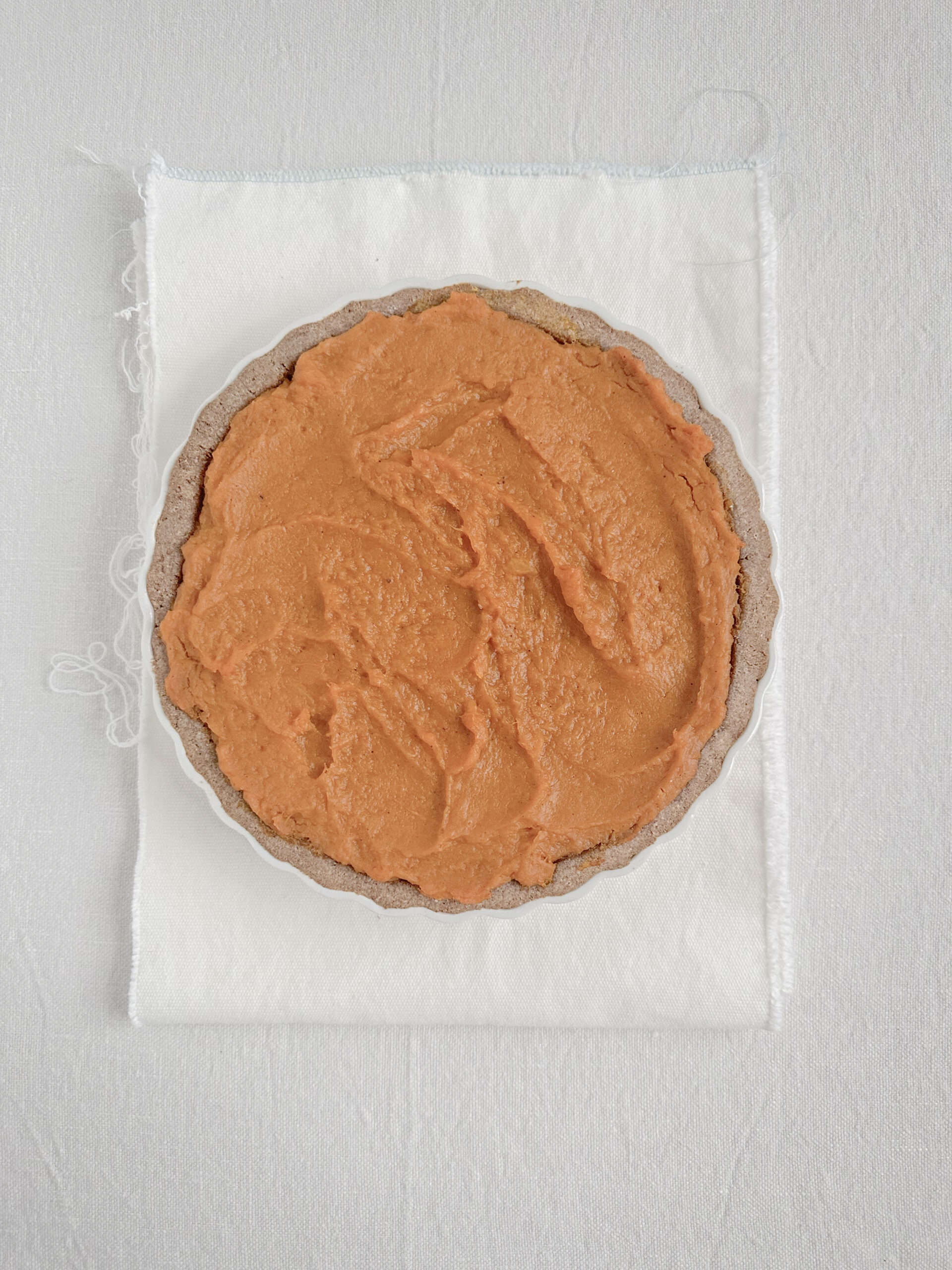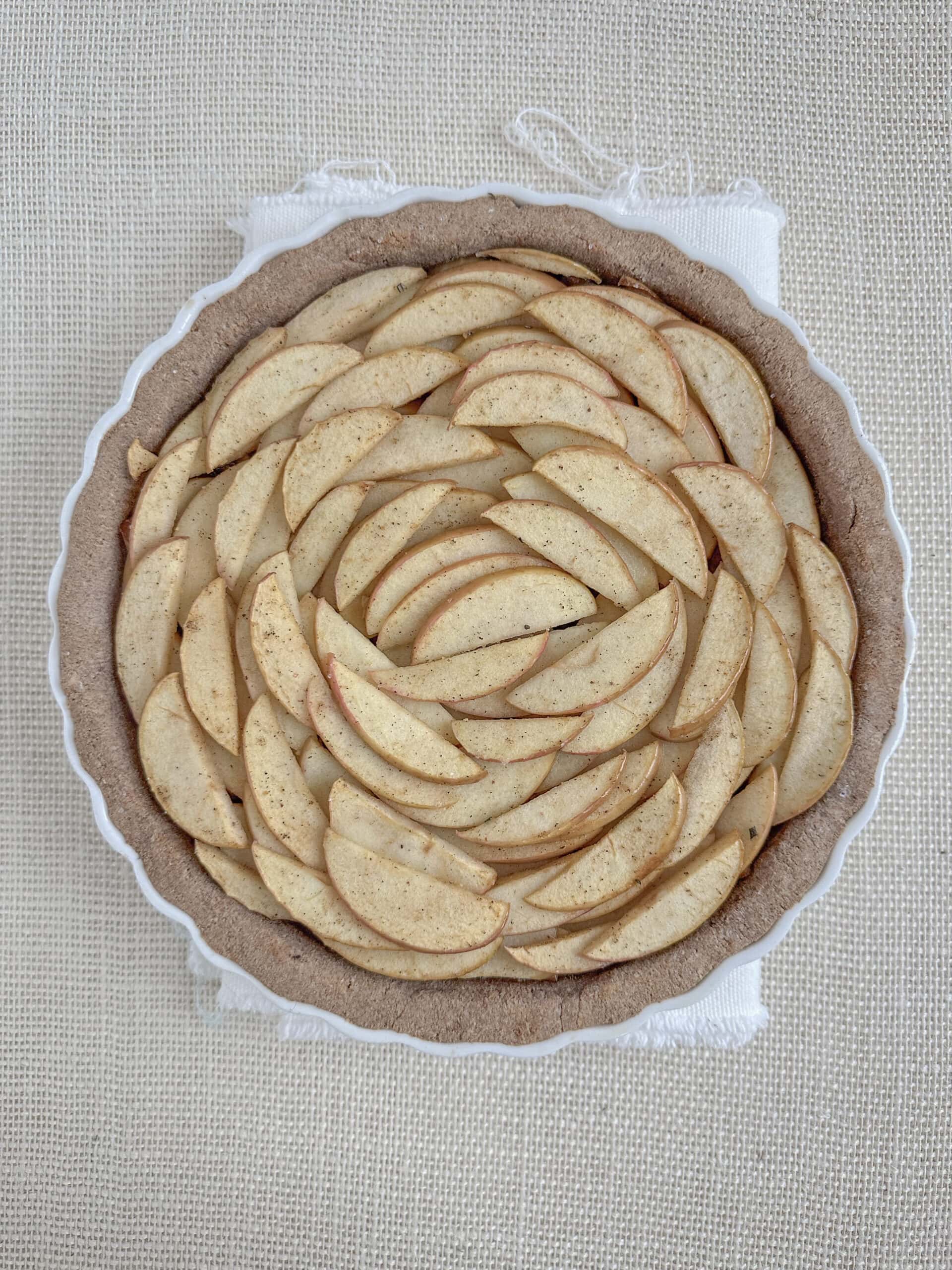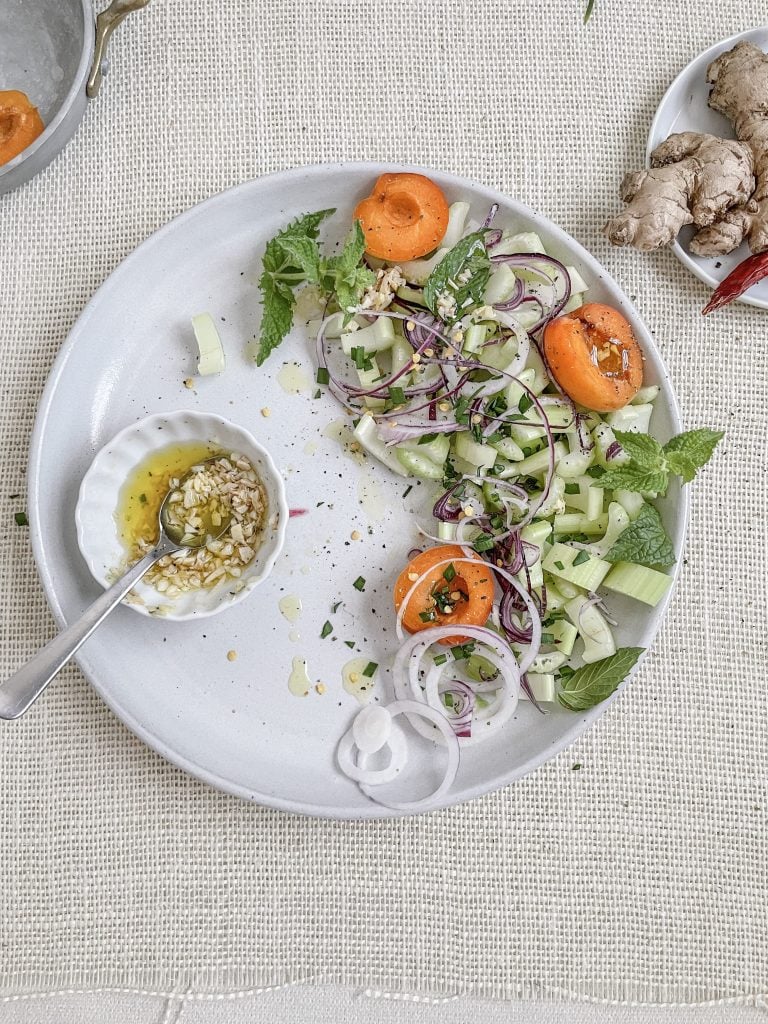
Rosemary + Garlic Focaccia
The first time I recall biting into a piece of warm, chewy Italian focaccia was when I was a little girl. Probably around 5 or 6 years old.
It was at my aunt and uncle’s trattoria about 30 minutes from the home where I grew up in New Jersey. My uncle, who found inspiration from his trips to Italy in the 80’s, introduced me to many things Italian.
Pesto was one. Focaccia was another.



I recall being mesmerized by the focaccia’s deep flavor as I ran my little lips over the mildly salty surface. I hadn’t tasted anything like this. It was soft, deliciously oily and warm with a slight nutty flavor. My uncle served slices of this focaccia to his customers with a tiny ramekin of the finest olive oil, all nestled into a little wicker basket with a napkin inside to catch the oil drippings. This was his way of welcoming people into the restaurant, in place of bread and butter, of course.
Fast forward to today and I haven’t eaten focaccia in 20-something years since I removed gluten from my lifestyle. While I haven’t been much of a baker since then, making this rosemary focaccia made me realize how much I missed baked goods. So, I swapped almond flour for the gluten and had some fun.
This recipe was created from the usual tinkering I do in my kitchen. I felt overloaded by roasted vegetables after the holidays and my body just wanted protein. Something simple yet hearty.
I had been playing around with almond flour for awhile and weeks prior and I thought, why not shift one of my sweet flatbread recipes into a savory focaccia?
It worked like a charm.


I’ve been making batches of this – wrapping the pieces in parchment paper and freezing them so I have extra on the days when I’m not in the mood to bake.
The trick here, to truly getting this to look and taste like a focaccia is not to press down too hard when you’re flattening out the dough. The dough needs rough edges to get crispy. Flattening the dough too much leads to a very boring and bland focaccia without any texture or crispy edges.
The Dough
The dough, when plopped onto the baking sheet, needs to be thick, as in 3/4 of an inch thick. Yes, that is thick. That is not a typo. This dough can be sticky. Please see my notes below about how to flatten it without ending up with more dough on your fingers than on the baking sheet.
Serving Suggestion
I have two tomato sauce recipes that pair well with this focaccia if you’re in the mood: Creamy Pine Nut Tomato Sauce and Shaved Carrot Tomato Sauce.
Baking Sheets
Lastly, for those of you who aren’t into using aluminum baking sheets, like myself, you can find this cast iron baking sheet in The Kitchen.
If you’re new here and unsure why I avoid aluminum cookware, you can learn more about heavy metals and toxins leaching into our food in my book, Eating Clean.
Enjoy!
Click the Play button below to hear me share a few helpful tips and walk you through the simple steps of making this recipe. Maybe, like me, you’ve had times when you’ve struggle to read through a recipe and follow the steps. All kinds of life circumstances–grief, trauma, stress—can tax our cognitive processing abilities, which is why I’ve created these audio clips to further support you now that I’m in this more healed place.
Rosemary + Garlic Focaccia
Ingredients
- 3 cups almond flour
- 2 teaspoons ground cumin
- 1 teaspoon garlic powder
- 1 teaspoon sea salt plus more for topping
- 1/2 teaspoon baking soda
- 1/4 teaspoon freshly ground black pepper
- 3 large eggs
- 1/4 cup extra-virgin olive oil
- 1 Tablespoon finely chopped fresh rosemary
METHOD
- Preheat the oven to 350 degrees F. Line a rimmed baking sheet with parchment paper. Set aside.
- In a large bowl, combine the almond flour, cumin, garlic powder, sea salt, baking soda and black pepper. Mix to combine. Set aside.
- In a small bowl, whisk the eggs and olive oil. Pour into the dry mixture in the large bowl and mix well to combine. Sprinkle in the rosemary and mix again.
- Transfer the dough to the prepared baking sheet. Use the base of your wrist to pound out the dough 3-4 times (do not over-do it; see NOTE below). You do not want a flat surface so do not try to evenly spread/pound this out. Once the dough is pounded, gently use your fingers to spread the dough into a 3/4-inch thickness. This dough can be sticky so use your fingers gently (do not press too hard). Make sure to leave peaks and valleys in the dough so the surface becomes crispy in the oven. Sprinkle generously with sea salt. Transfer to the middle rack of the oven. Bake for 20 minutes or until golden brown. Do not over-bake.
- Remove from the oven. Set aside for 5 minutes to cool. Use a pizza cutter to cut slices or use your hands to break the focaccia apart. Serve warm.
- Store leftovers in a sealed container in the refrigerator for up to 6 days or the freezer for up to 1 month.




